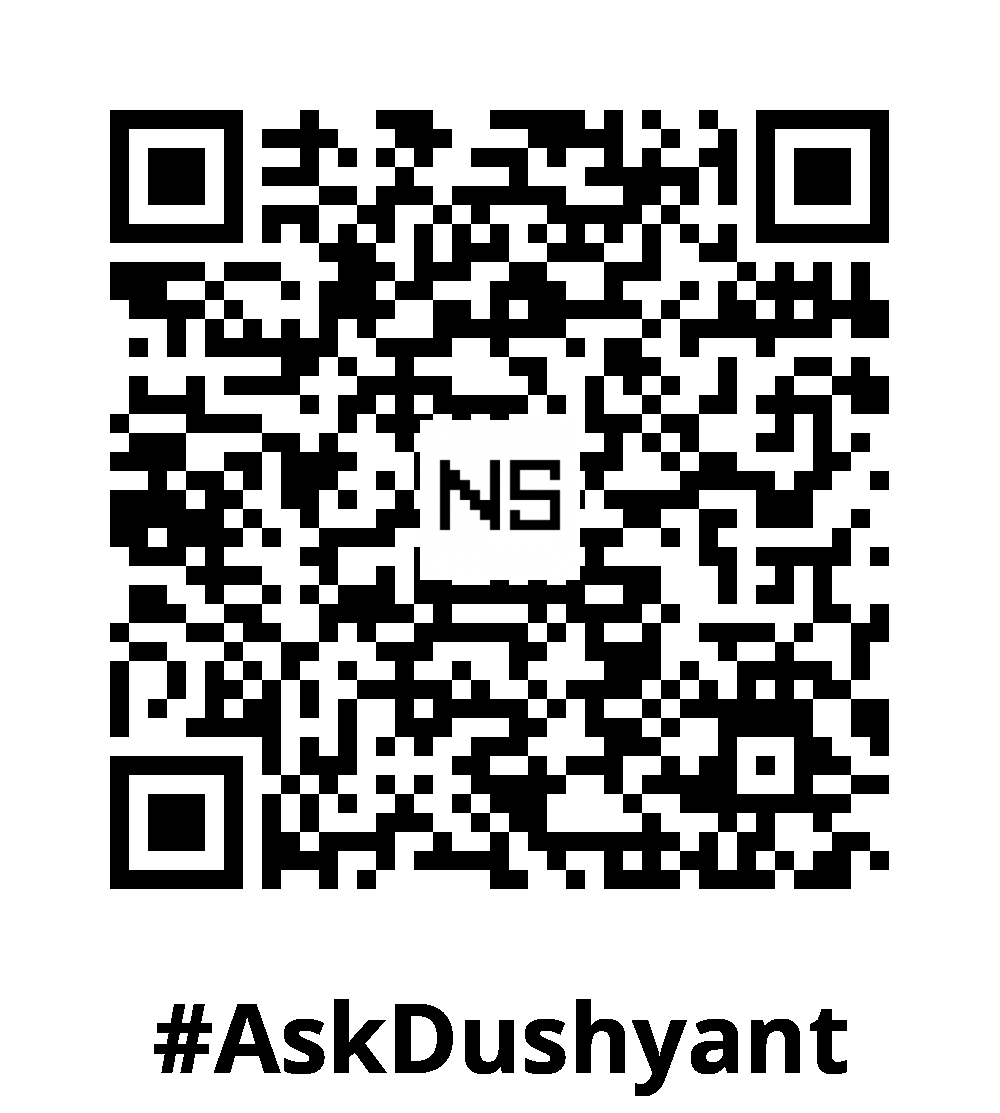Notebook coding technology has revolutionized the way developers, data scientists, and researchers work by providing an interactive and collaborative environment for writing code, documenting processes, and analyzing results. In this Tech Concept, we will explore some of the best available notebook coding technologies, showcase examples of code implementation, discuss personal preferences, and conclude with exciting advancements in this rapidly evolving field.
Jupyter Notebooks:
Jupyter Notebooks is one of the most popular and widely used notebook coding technologies. It supports multiple programming languages, including Python, R, and Julia, allowing users to write code in cells and execute them individually. The rich multimedia capabilities of Jupyter Notebooks enable the integration of text, images, visualizations, and equations within the same document, fostering comprehensive and interactive data exploration. In addition to Jupyter Notebooks, another significant advancement in the Jupyter ecosystem is Jupyter Lab. Jupyter Lab provides an enhanced and comprehensive interactive development web based environment.
Example:
Here’s a simple example of code written in a Jupyter Notebook using Python:
# Calculate the sum of two numbers
num1 = 5
num2 = 10
sum = num1 + num2
print("The sum is:", sum)Google Colaboratory:
Google Colaboratory, or “Colab,” is a cloud-based notebook coding platform that allows users to write and execute code directly in a web browser. Colab provides free access to powerful GPUs and TPUs, making it an excellent choice for training machine learning models and conducting data-intensive tasks. It also enables seamless collaboration and sharing of notebooks with others.
Example:
Here’s a snippet of code written in a Google Colab notebook using TensorFlow:
# Import TensorFlow library
import tensorflow as tf
# Define a simple neural network model
model = tf.keras.Sequential([
tf.keras.layers.Dense(64, activation='relu'),
tf.keras.layers.Dense(10, activation='softmax')
])
# Compile the model
model.compile(optimizer='adam', loss='categorical_crossentropy', metrics=['accuracy'])
# Train the model
model.fit(X_train, y_train, epochs=10, batch_size=32)Microsoft Azure Notebooks:
Azure Notebooks is also a cloud-based notebook coding service provided by Microsoft utilize Jupyter notebooks core. It integrates seamlessly with other Azure services, allowing users to access and analyze data stored in Azure Data Lake Storage, Azure SQL Database, or other Azure resources. Azure Notebooks supports various programming languages, including Python and R, and offers collaboration features for team-based projects.
Example:
Here’s a snippet of code written in an Azure Notebook using Python and Pandas:
# Import Pandas library
import pandas as pd
# Read data from a CSV file
data = pd.read_csv('data.csv')
# Perform data analysis
...Personal Preference
While personal preferences may vary depending on individual needs and preferences, As first hand experience I find Jupyter Notebooks / Jupyter Lab to be my go-to choice for notebook coding. Its extensive support for different programming languages, interactive environment, and the ability to combine code, text, and visualizations seamlessly make it a versatile and powerful tool for data exploration and analysis.
My Tech Advice: Notebook coding technologies have revolutionized the way we develop, experiment, and document code. From Jupyter Notebooks to Google Colab and Azure Notebooks, these platforms provide interactive and collaborative environments for writing, executing, and sharing code. As we progress, advancements in notebook coding technologies continue to enhance productivity, foster collaboration, and enable innovative solutions across various domains. Embrace the power of notebook coding and unlock the full potential of interactive development in your coding journey.
#AskDushyant


Leave a Reply